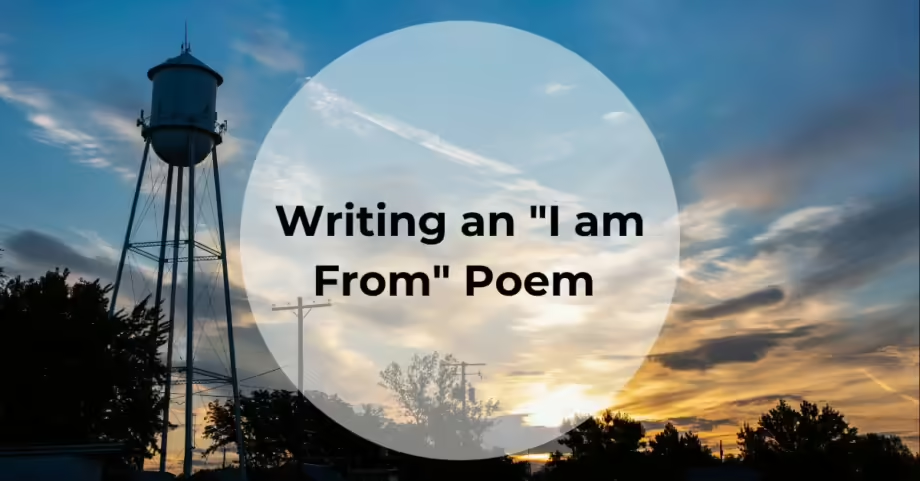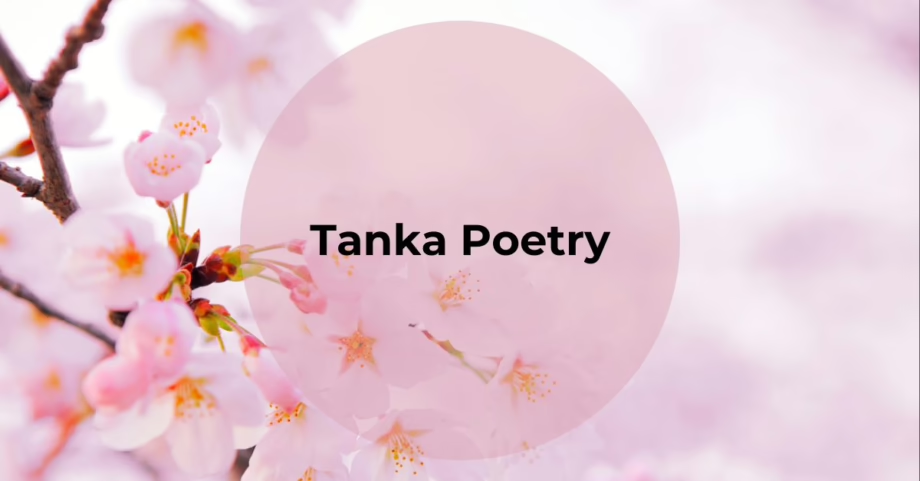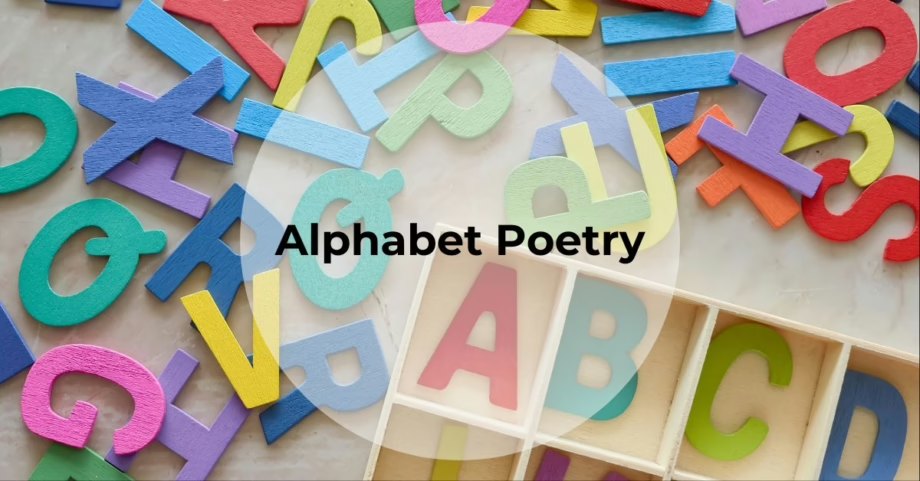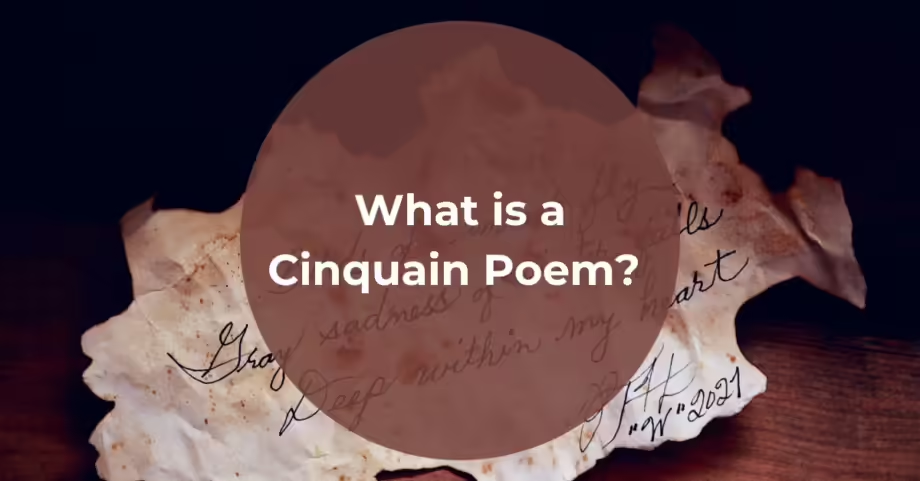Poets often reflect on the places they came from. An origin poem, of sorts. Made famous by poet George Ella Lyons, and their WHERE I’M FROM poem, “I am from” poems allow for creativity and imagery while demanding that a poet recognize and interpret their own roots.
Today, we’ll discuss how to write your own “I am from” poem and explore the original that inspires us all.
WHERE I’M FROM by George Ella Lyons
Where I’m From
I am from clothespins,
from Clorox and carbon-tetrachloride.
I am from the dirt under the back porch.
(Black, glistening,
it tasted like beets.)
I am from the forsythia bush
the Dutch elm
whose long-gone limbs I remember
as if they were my own.
I’m from fudge and eyeglasses,
from Imogene and Alafair.
I’m from the know-it-alls
and the pass-it-ons,
from Perk up! and Pipe down!
I’m from He restoreth my soul
with a cottonball lamb
and ten verses I can say myself.
I’m from Artemus and Billie’s Branch,
fried corn and strong coffee.
From the finger my grandfather lost
to the auger,
the eye my father shut to keep his sight.
Under my bed was a dress box
spilling old pictures,
a sift of lost faces
to drift beneath my dreams.
I am from those moments–
snapped before I budded —
leaf-fall from the family tree.
Analysis of WHERE I’M FROM by George Ella Lyons
George Ella Lyon’s Where I’m From is a beautiful, reflective poem about identity and how it’s shaped by memories, family, and place. Using specific, vivid details—like “clothespins” and “dirt under the back porch”—the poem captures the speaker’s connection to their roots. These seemingly small, everyday items show how our sense of self is built from personal and cultural history.
The repeated phrase “I am from” ties the poem together, making it feel like a rhythmic journey through memory. It particularly celebrates the influence of family, tradition, and even the stories of “long-gone limbs,” reminding us how deeply we’re shaped by those who came before us.
What makes the poem so unique is its universality. While it’s deeply personal, it resonates with everyone reflecting on their origins. It’s nostalgic, heartfelt, and a reminder of how the ordinary details of life tell extraordinary stories about who we are, connecting us all in a shared human experience.
How to Write an “I am from” Poem
We can take what we’ve observed and learned from Lyons’ poem to create our own I am from poems. Here are a few tips to get you started:
1. Think of some of your favorite places where you’re from. Be specific. Not a whole town, but a building. An ice cream shop. The gentlemen who’s been serving up breakfast or local delicacies. The waterfall or river. A town square or holiday lighting ceremony. The ferris wheel during a celebration. Getting hyper-specific will help you with step two.
2. Focus on sensory imagery. Lyons’ doesn’t just use items in their poem, but adds sensory descriptors for extra depth. A few examples of imagery include “fried corn,” “strong coffee,” and “old pictures.” These extra adjectives provide us with a more nostalgic perspective; without them, the poem would be very different.
I am From Poem Example
Rachel, editor of From Whispers to Roars here. I’m going to take a crack at writing an “I am from poem” using the tips above.
I am from a town square,
not far from a forest where 10 point bucks rule the roads.
I am from the ice cream shop
where Superman blue made me ill
and where a semi-almost sent us all
into the river.
I am from Memorial Day parades
and grabbing melting candy thrown
into the street.
From backyard parties, with coolers
of beer and punch, intermixed
and sent you screaming during
spinning carnival rides.
I am from where folks look the same.
Where different is hard, and everyone knows everyone
just by their order at breakfast.
Ready to Try Writing an “I am From” Poem?
Sometimes, exploring your roots is a good way to “warm up” when you’re writing. We hope that you’ve found this resource helpful, and encourage you to seek out more “I am from” poems.
Have you already written your own? Consider submitting it to From Whispers to Roars.
Tanka Poetry: History, Structure, and How to Write Your Own
Tanka poetry is a traditional Japanese poetic form known for its brevity, emotional depth, and…
Alphabet Poetry: How to Craft Engaging Poems From A to Z
Alphabet poetry, sometimes called abecedarian poetry, is a fun form of creative writing that uses…
I am From Poems & How to Write One
Poets often reflect on the places they came from. An origin poem, of sorts. Made…
Concrete Poetry: Where Writing & Art Merge
Writers always look for ways to push boundaries, combining forms and experimenting with genres. Concrete…
What is a Cinquain Poem? A Guide to the Five-Line Wonder
Cinquain poems have a simple form but a unique structure. Known for their concise beauty,…
What is Ballad Poetry?
The allure of ballad poetry lies in in its ability to tell a story and in its…






